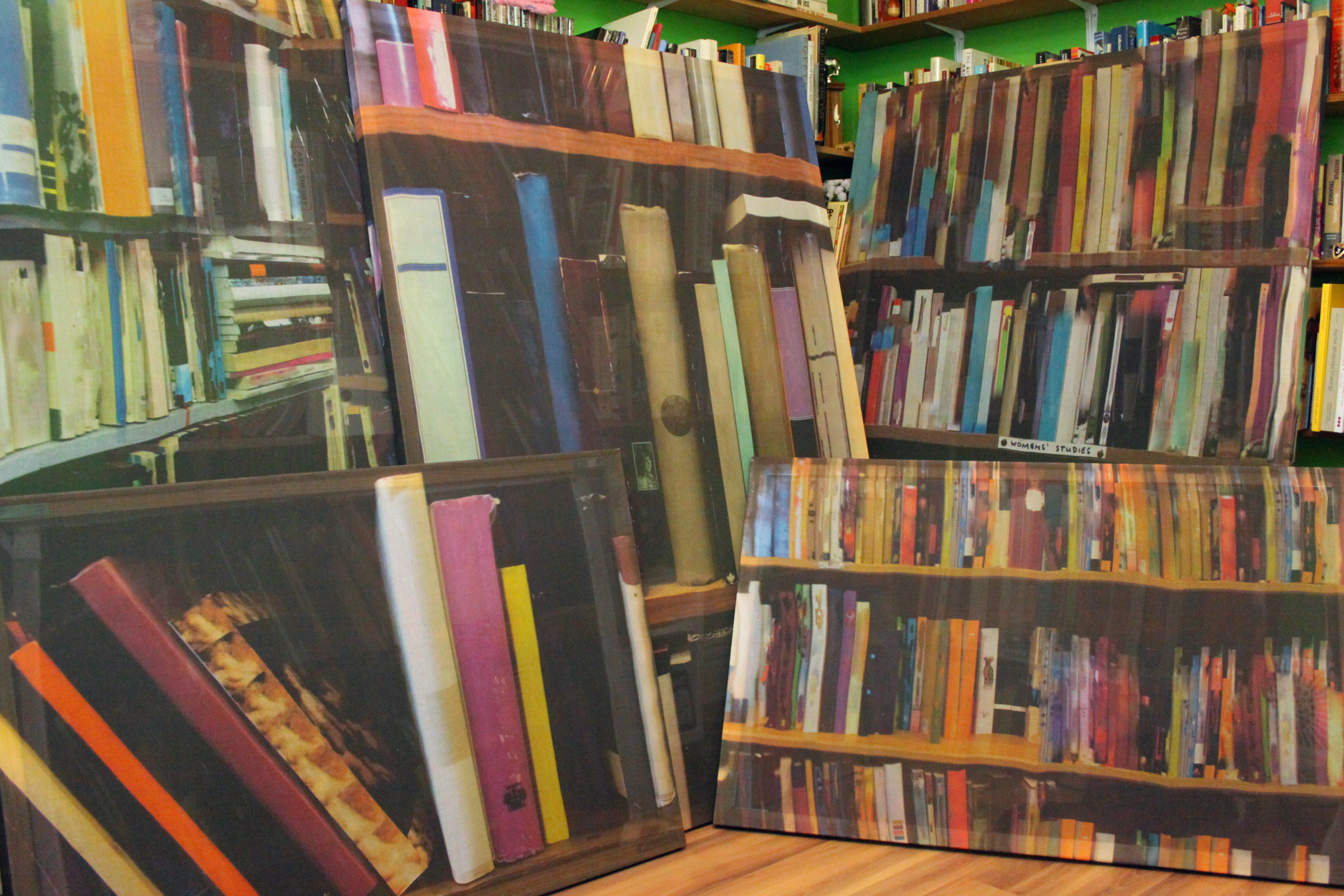A large bentwood box shaped from a single piece of red cedar was created by Coast Salish artist Luke Marston as a lasting tribute to the students of Canada’s former residential schools. This box, representing all the indigenous people affected by the schools (First Nations, Inuit and Métis), travelled with the Truth and Reconciliation Commission (TRC) throughout Canada during their five years of statement gathering.
The bentwood box now safely rests at the National Research Centre for Truth and Reconciliation (NRCTR), housed at the University of Manitoba. This Centre will safeguard records relating to residential schools, including statements of school survivors, historical documents from the government of Canada and the church organizations involved in the schools, research documents created by the TRC, and the bentwood box and other works of art and artifacts presented to commission during the TRC’s travels across Canada.
Among all these valuable remembrances, there is none more treasured and important than the school survivors’ stories. That all the records are kept safely and respectfully is central to the National Research Centre’s contribution to understanding the legacy of residential schools and to reconciliation.
Jesse Boiteau, a Métis student in the Archival Studies master’s programme at the U of M, has been closely following the development of the NTC. Jesse’s master’s thesis examines three key areas integral to the operation of the NRC: transparency, trust, and participation. The fulfillment of these elements will make the centre, as Boiteau says, “a truly unique Canadian archive.”
To promote the goals of transparency, trust, and participation, Boiteau is using social media to build a public forum for discussion about the NRC.
As part of his thesis research, Boiteau created a blog following the progress of the centre. This blog, titled “Jesse’s Thesis,” has generated interest and discussion across the U of M and Canada.
“It is important to have the NRC’s establishment documented in a way that outlines and highlights the key elements that make it such an important archival institution,” Boiteau says.
He is using his blog to help lay bare the archival structures that support the preservation of the gathered material and to further the aims of the NRC in sharing an understanding about its work.
“People’s comments and support have helped me realize that this subject is worth exploring further,” says Boiteau.
“Jesse personifies the Archival Studies program’s commitment to Indigenous archiving,” says Dr. Tom Nesmith, founder and director of the U of M’s master’s program in Archival Studies.
The internship section of the program gave Boiteau “the unique opportunity as a student to participate in planning activities for the arrival of the TRC archives.”
As Boiteau’s blog describes, the process of creating the NRC ranges from the practicalities of a server that can handle 200 terabytes of data to discussions on how the centre can best balance access to the records while protecting privacy needs. In all facets of its development, the NRC is committed to a high level of participation from stakeholders.
An integral part of the NRC is the governing circle, whose majority will be composed of indigenous members. Three of these members will represent survivors of the residential school system or their families. As Boiteau states, the governing circle will “ensure that future decision making regarding residential school records be done respectfully and as inclusively as possible.”
Boiteau has a clear vision of the necessity for community participation in archives.
“I strongly believe that if archives wish to remain relevant, they must open up to a more transparent way of documenting archival processes and allow room for user participation to not only improve the contextual information associated with records and improve the overall accessibility of records, but to also share with users something that archivists have been withholding for far too long: archival authority,” Boiteau states in a post on his blog.
Boiteau recently had the opportunity to work with the Urban Aboriginal History project, which he describes as “a good example of participatory archiving.”
This project collected the records of Winnipeg organizations such as the Indian and Métis Friendship Centre and Aboriginal Council of Canada. Aboriginal students were involved in the archival work of processing these records and conducting oral history interviews with indigenous organizers. Shelley Sweeney, head of the UM Archives & Special Collections, states that “Jesse led the effort to create an aboriginal transfer agreement that would ensure indigenous ownership was not given up when materials are deposited with the Archives.”
Ry Moran, director of the National Research Centre, says “Jesse’s work has clearly demonstrated the strength and benefits of having students involved in the processes of the NRC. Each student that engages with this topic, that helps others learn about it and contributes their own original thought to the issues of the Truth and Reconciliation is one more important step towards healing the legacy of the Residential Schools in this Country.”
Boiteau originally planned to become a teacher, but he caught the archiving bug during summer employment at the Archives of Manitoba. With his blog, Jesse gets the best of both careers: his blog gives him the opportunity to engage in community education about the subject of archives that he feels is not well understood.
“If I could change anything it would be for archives to be well known and appreciated by mainstream Canadians,” says Boiteau. “This would lead to more funding, more jobs, and more complete sets of records.”




